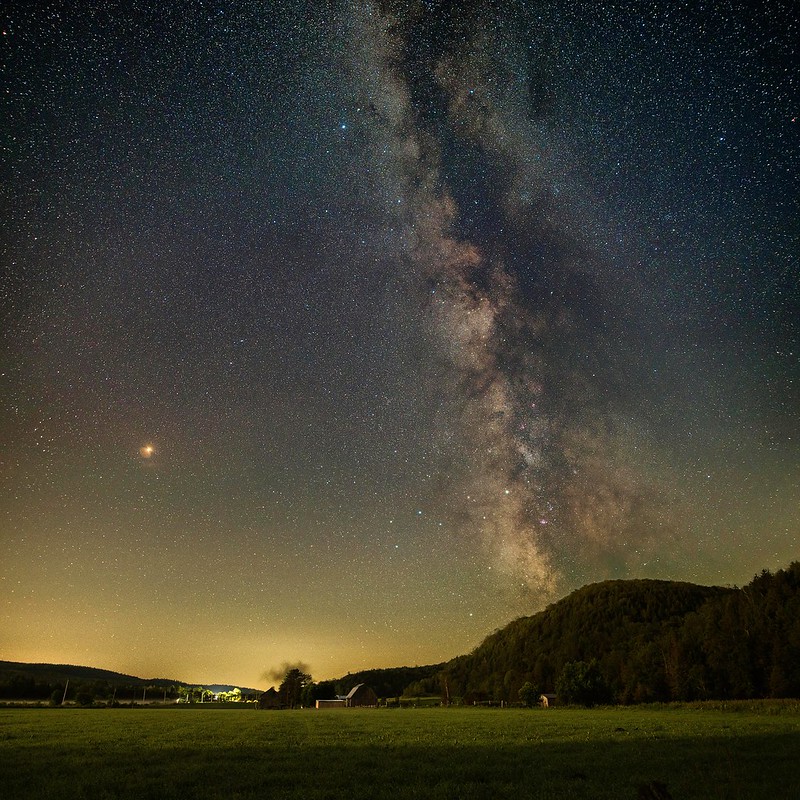 |
| Search this Thread |
| 08-16-2018, 04:05 PM | #16 |
| 08-16-2018, 06:29 PM | #17 |
| 08-16-2018, 08:02 PM | #18 |
| 08-17-2018, 02:35 PM | #19 |
| 08-17-2018, 03:48 PM | #20 |
| 08-18-2018, 12:44 PM | #23 |
| 08-28-2018, 06:41 PM | #27 |
| 08-28-2018, 08:09 PM | #28 |
| 04-02-2019, 05:39 AM | #29 |
| Guest | |
| 04-03-2019, 06:52 AM | #30 |
| Guest | smudgers |
 |
| Bookmarks |
| Tags - Make this thread easier to find by adding keywords to it! |
| astro, astro tracer star, exposure, iso, k-1, star, time, tracer, tracer star trails, trails & star |
| Thread Tools | Search this Thread |
| |
 Similar Threads
Similar Threads | ||||
| Thread | Thread Starter | Forum | Replies | Last Post |
| Astro Tracer Failure? | wtlwdwgn | Pentax K-1 & K-1 II | 21 | 08-19-2018 08:40 AM |
| Discuss - Post your Expired Film here | twilhelm | Film Processing, Scanning, and Darkroom | 4 | 01-14-2018 06:46 PM |
| Astro tracer and wifi question. | Gimbal | Pentax K-1 & K-1 II | 6 | 05-19-2016 10:18 AM |
| Astro Tracer (OGPS1) question | LukeOB | Photographic Technique | 4 | 01-13-2013 05:30 PM |
| MX & Ilford shots (1280x817), discuss: T-grain/delta films. | CSoars | Film SLRs and Compact Film Cameras | 6 | 12-10-2008 01:26 AM |







 .
.


















